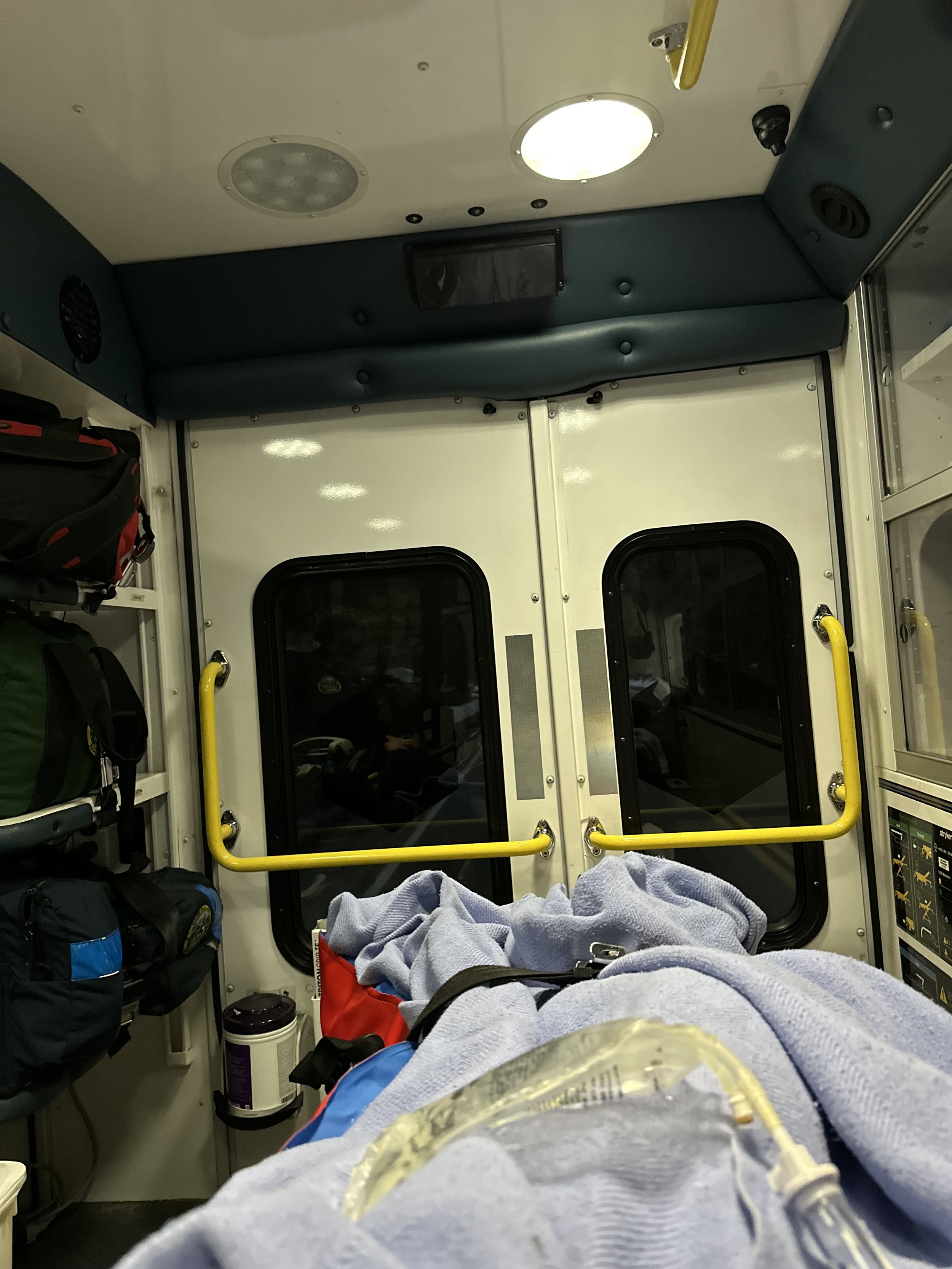Accidents…
I've been fortunate enough not to have witnessed many accidents in climbing, which is something no one ever hopes to see. Climbing, by its very nature, is an inherently dangerous activity that poses the risk of irreversible injuries or even death. Spending a significant amount of time climbing outdoors, especially in renowned areas like Yosemite or other locations known for their extensive climbing opportunities, you'll inevitably hear about various accidents, deaths, and tragic incidents. Such is the dark reality of the sport. Accidents often involve repelling, simul climbing, free soloing, and failures of gear and hardware. But, fundamentally, these incidents are accidents—no one sets forth into the mountains intending to get hurt or killed. We're all there to enjoy ourselves and find an escape.
Many traumatic accidents could be avoided through proper training, guidance, appropriate equipment, and compliance to safety practices. When accidents occur, it's crucial to reflect on the causes—was it due to a lack of experience, inattentiveness, or carelessness? Hearing about injuries that could have been easily prevented is especially frustrating. Recently, a climber—who shall remain unnamed—took a severe fall on a well-known route in Yosemite. She plummeted 25 feet to the rocky ground below, resulting in her pelvis fracturing in three places. The next thing she knew, she was being rushed to the nearest trauma center in an ambulance.
With five pieces of protection placed below her, she felt confident enough to attempt the route's crux moves several times. However, on her fourth attempt, the piece directly below her popped out, followed by the remaining four. In trad climbing, such an occurrence is highly unusual if the gear placements are secure, or "bomber," a term you’ll hear used by climbers. Clearly, something went wrong. This incident should not have happened. She was climbing with friends and individuals she considered to be more experienced climbers. If that was indeed the case, they should have been more vigilant about what was happening—both the repeated falls on a single piece of gear and the overall quality of the other gear placements. Why did all four pieces of gear fail? Why weren't any concerns addressed beforehand? The opportunities to have avoided this situation were practically limitless.
